1. What "bunching" and "stranding" mean — concise definitions
Bunching and stranding are two methods of assembling multiple filaments, fibers, or conductors into a single flexible unit. Though the terms are sometimes used interchangeably in casual conversation, they describe different construction approaches with distinct mechanical and performance results.
Bunching — what it is
Bunching is a simple grouping technique where several individual elements (wires, filaments, or yarns) are gathered together and held inside a common sheath or bound by a twist that does not form a tightly interlaced rope-like structure. The elements remain largely parallel and do not follow precise helical paths around one another.
Stranding — what it is
Stranding arranges individual elements into one or more layers of helical turns around a central core. The elements are twisted in a controlled pattern so each conductor or fiber follows a helical path. Stranding produces a rope-like assembly that balances mechanical stresses and improves flexibility and fatigue resistance.
2. Core mechanical and performance differences
Flexibility and fatigue life
Stranded constructions are typically more flexible and have superior flex-fatigue life because the helical geometry lets individual elements share bending strain. Bunched assemblies are less forgiving under repeated bending because elements remain straight and can concentrate stress at the sheath or terminations.
Electrical and signal behavior (for conductors)
In electrical applications, stranding can reduce AC skin and proximity effects for certain geometries, and generally helps maintain consistent conductor geometry under movement. Bunched conductors may be easier to terminate in some connectors but can suffer from uneven contact or increased contact resistance if the bundle shifts or compresses.
Bulk, density, and packing
Bunched assemblies often pack more tightly for a given outer sheath (higher fill factor) because elements sit nearly parallel. Stranded constructions include voids between helices and may require larger diameters to achieve the same conductor cross-section, though the mechanical benefits often justify the size increase.
3. Practical pros and cons — quick decision checklist
- Choose stranding when repeated flexing, vibration resistance, or long-term fatigue life is required.
- Choose bunching when simplicity, cost minimization, or very short, fixed installations are the priority.
- For textile yarns, stranding (twisting) improves cohesion and handling; bunching (plying without controlled twist) can be used where minimal twist and a soft hand are desired.
- Consider termination method: some connectors accept bunched wires more easily; others require a stranded lug or ferrule for reliable contact.
4. Quick comparison table: bunching vs stranding
| Feature |
Bunching |
Stranding |
| Flexibility |
Low–moderate |
High |
| Fatigue resistance |
Lower |
Higher |
| Ease of termination |
Often easier for simple crimps |
May require ferrules or special lugs |
| Manufacturing cost |
Lower |
Higher (more process control) |
| Best for |
Fixed runs, low-flex power runs |
Flexible leads, instrument cables, ropes, yarns |
5. Application examples and selection tips
Electrical cables and wiring harnesses
For appliance leads, control cables, and any assembly with motion or vibration, stranded conductors are standard. For permanent wiring inside walls or rigid busbars, bunched or solid conductors can be acceptable and cost-effective.
Textiles and yarns
In yarns, "stranding" is often called twisting or plying. Twisting increases yarn strength and reduces hairiness. Bunched bundles of fibers without sufficient twist are useful in non-woven pads or where a soft, lofty feel is desired but are inadequate where tensile strength matters.
Rope, cable, and mechanical assemblies
Marine and lifting ropes almost always use stranded constructions (laid rope, braided rope) to balance load and minimize kinking. Bunched configurations do not provide the controlled geometry needed for predictable mechanical performance.
6. Inspection, testing, and repair guidance
What to inspect
- Signs of broken filaments or individual conductor fractures at terminations.
- Uneven compression, sheath bulging, or internal movement indicating poor packing (common in bunched bundles).
- Kinks, birdcaging, or untwisting in stranded assemblies that indicate failure modes.
Testing suggestions
Perform flex-fatigue testing where motion is expected. For electrical conductors check continuity and contact resistance after flex cycles. For textiles, tensile and abrasion testing will reveal differences in performance between bunched and stranded constructions.
Repair and termination tips
- Use ferrules or crimp sleeves for stranded conductors to prevent stray strands and ensure uniform compression.
- For bunched conductors, consider a backing insert or potting in terminations to hold the bundle stable under mechanical load.
- For yarns, re-twist or re-ply under controlled tension if cohesion has been lost; match original twist direction and count where possible.
7. Final selection checklist (practical)
- Will the assembly flex frequently? — If yes, prefer stranding.
- Is cost/diameter the dominant constraint? — Bunching can save cost and space for fixed routes.
- Are there connector/termination constraints? — Choose the construction that matches reliable termination methods.
- Regulatory or application-specific standards? — Follow the standard (e.g., IEC, ASTM) that specifies construction for the application.




 中文简体
中文简体 русский
русский Español
Español عربى
عربى
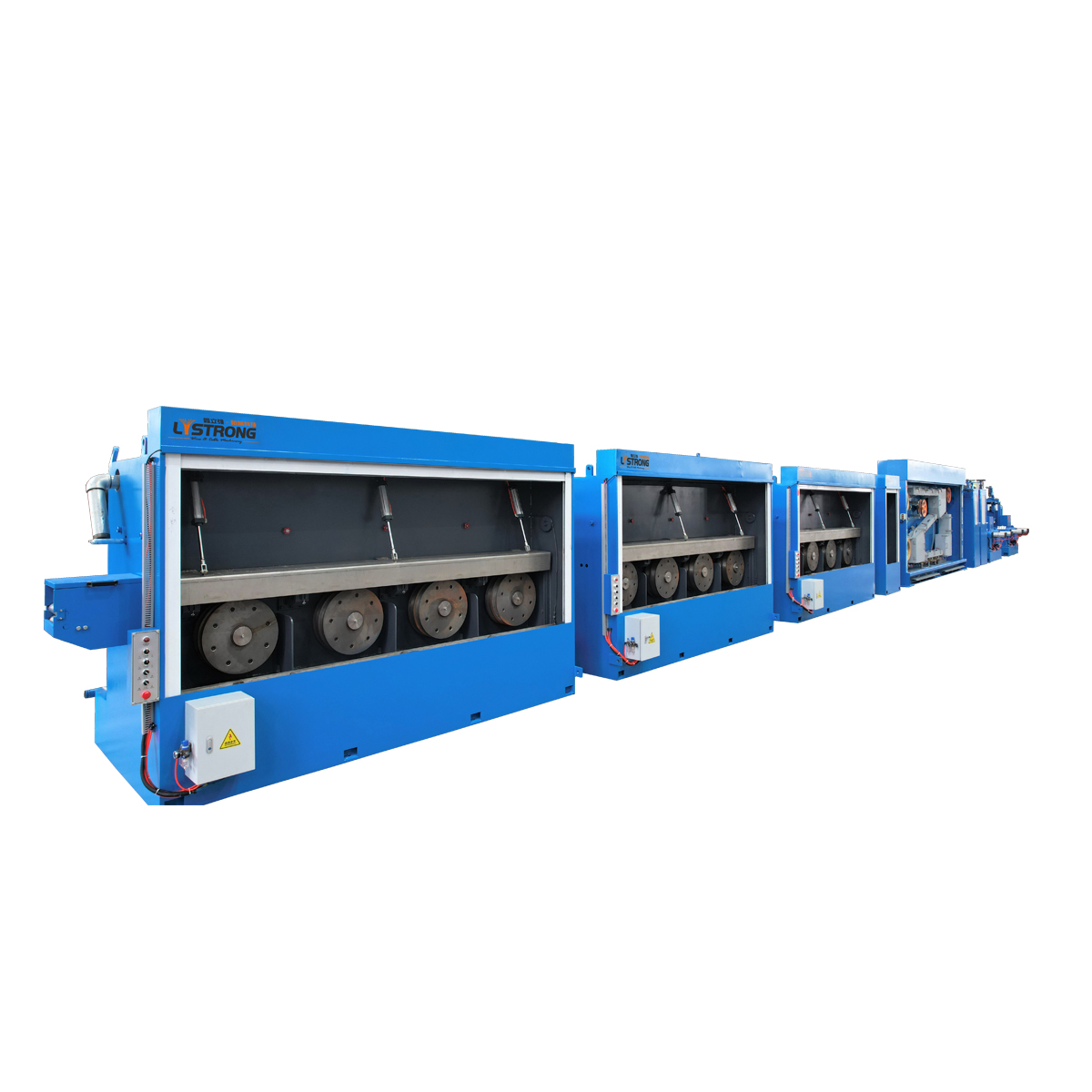
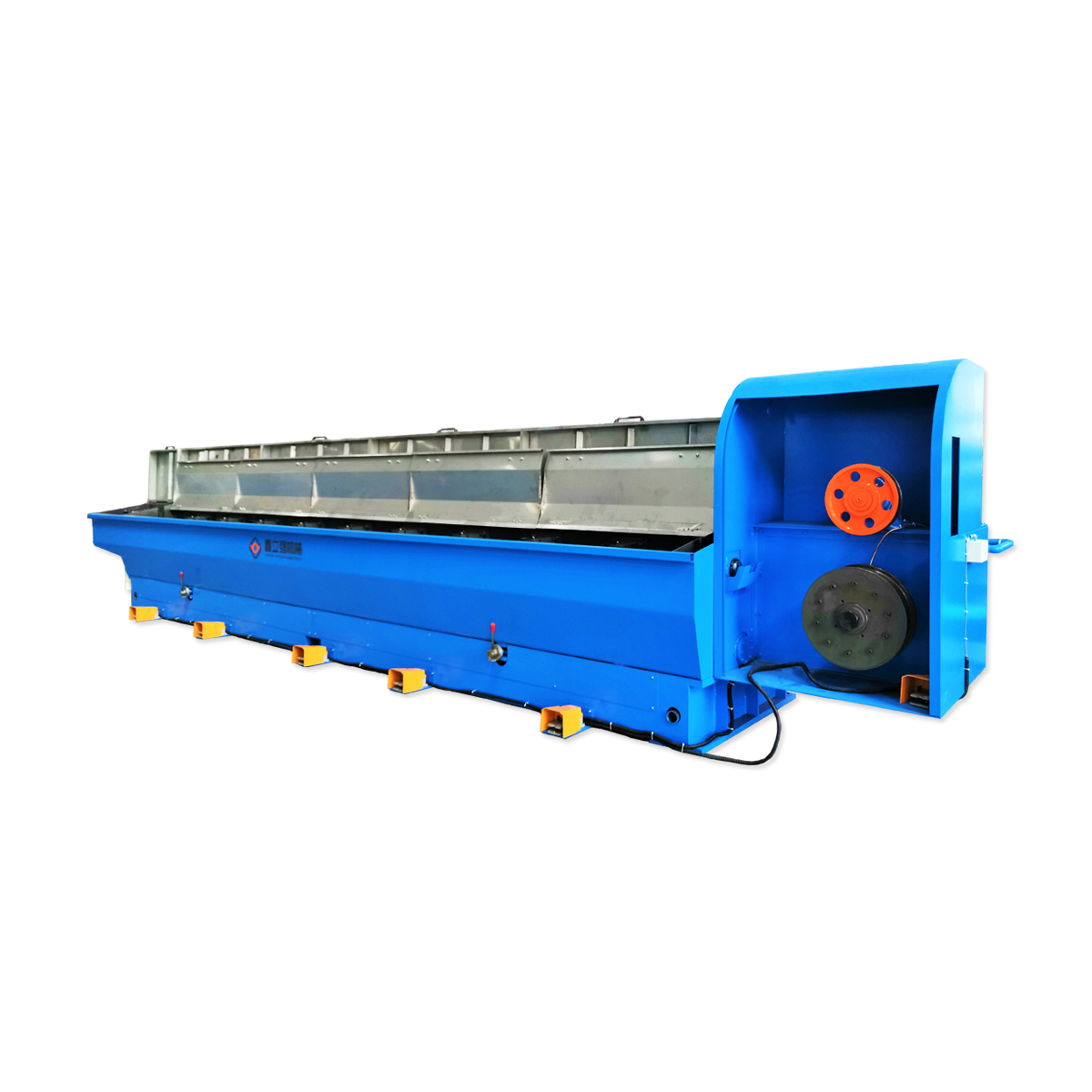
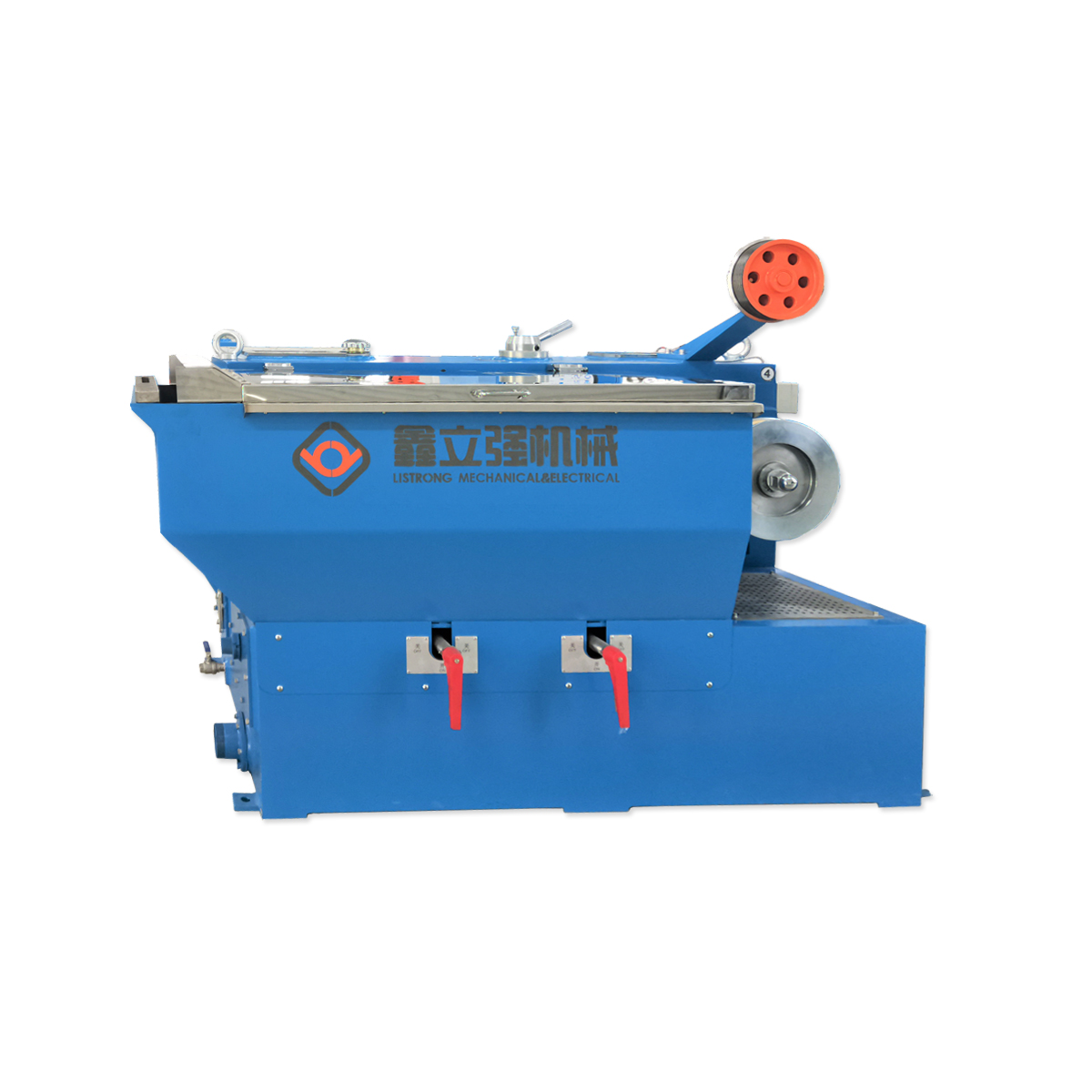


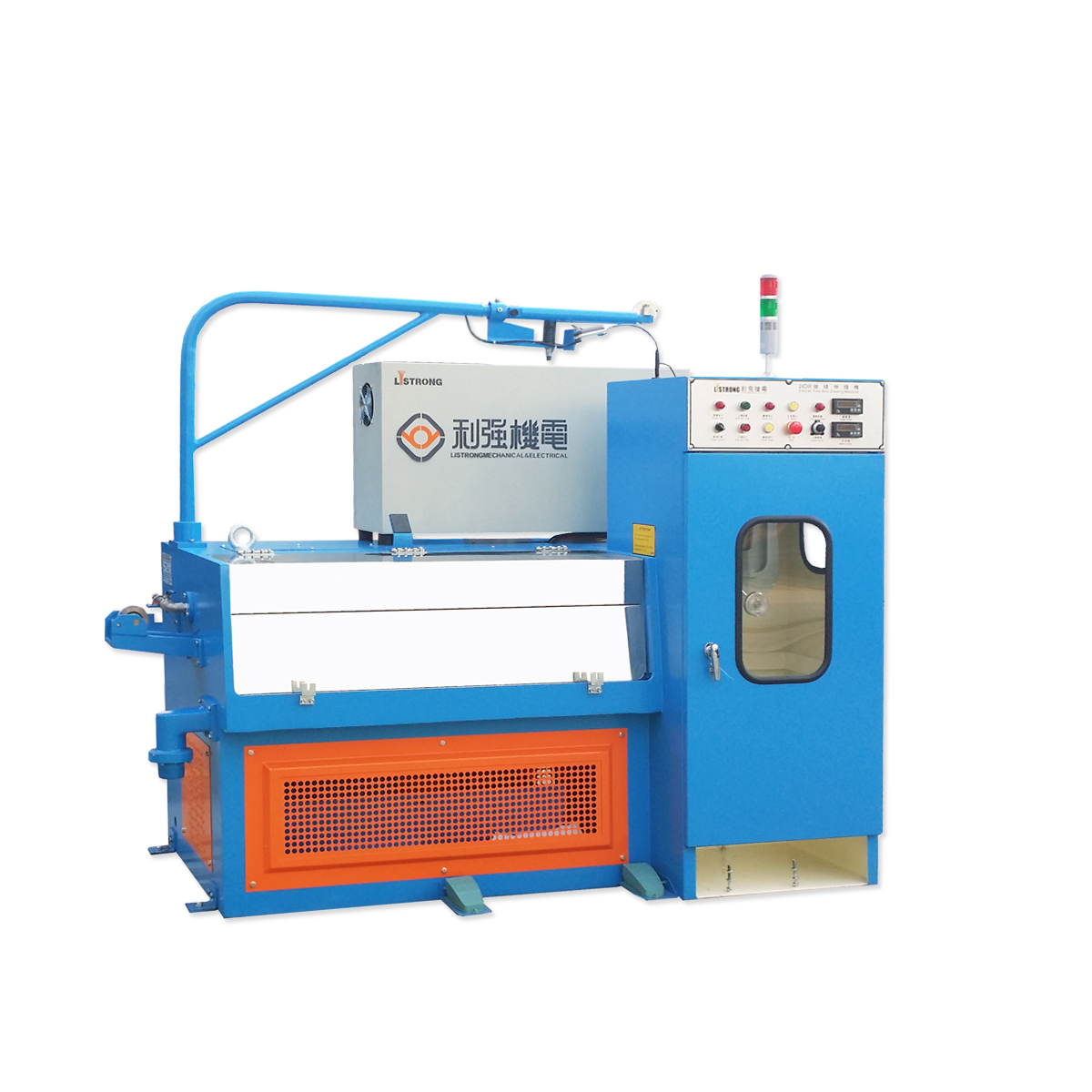
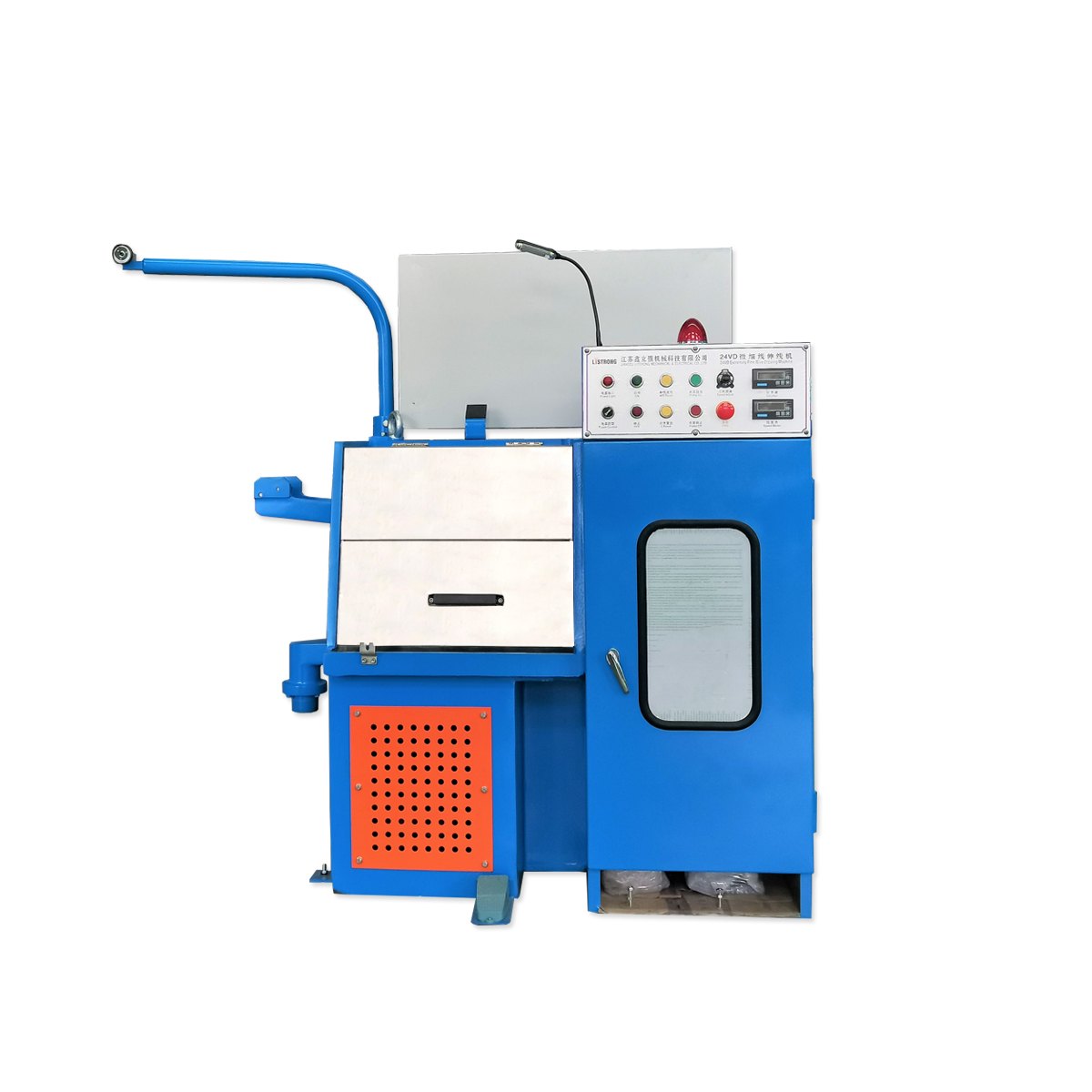
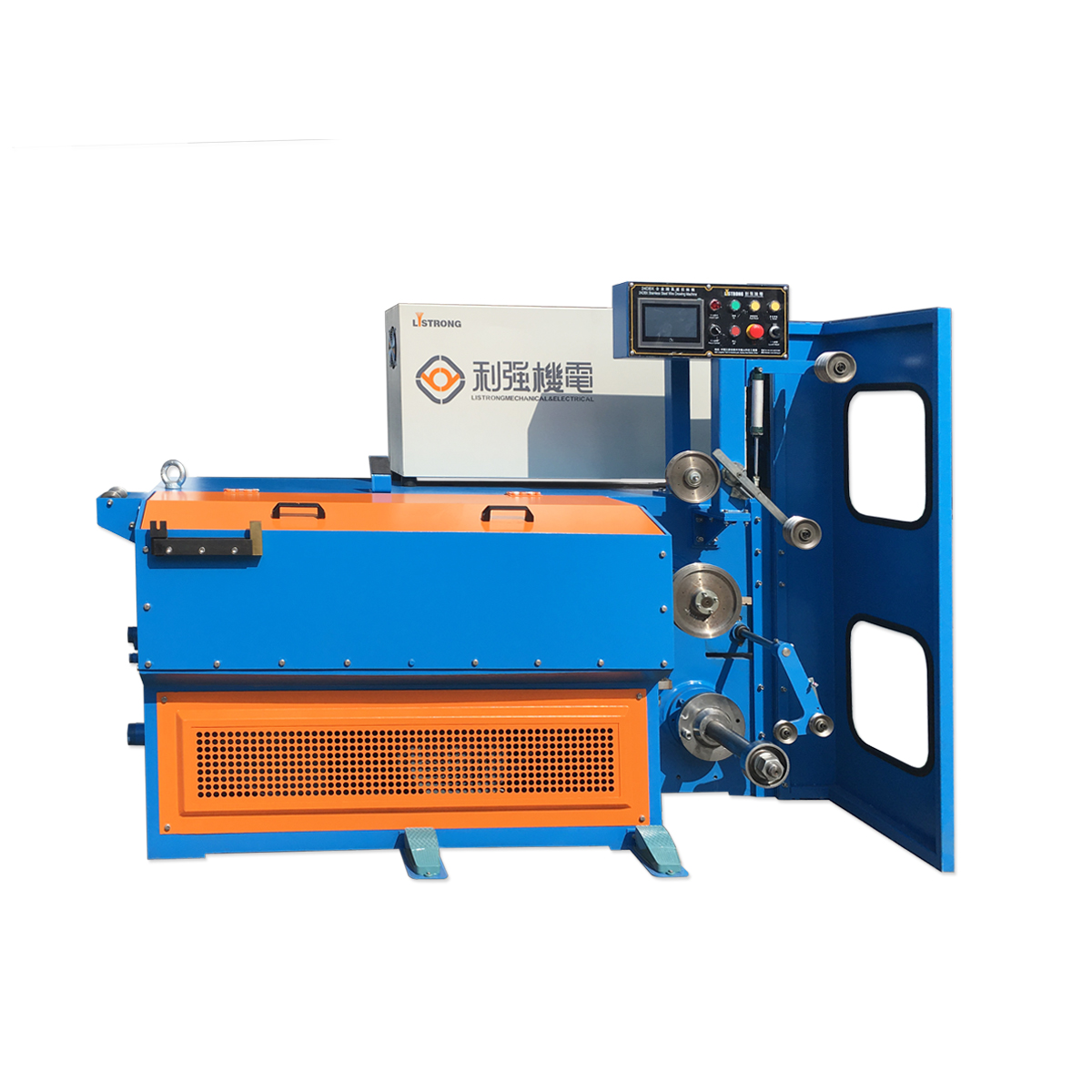
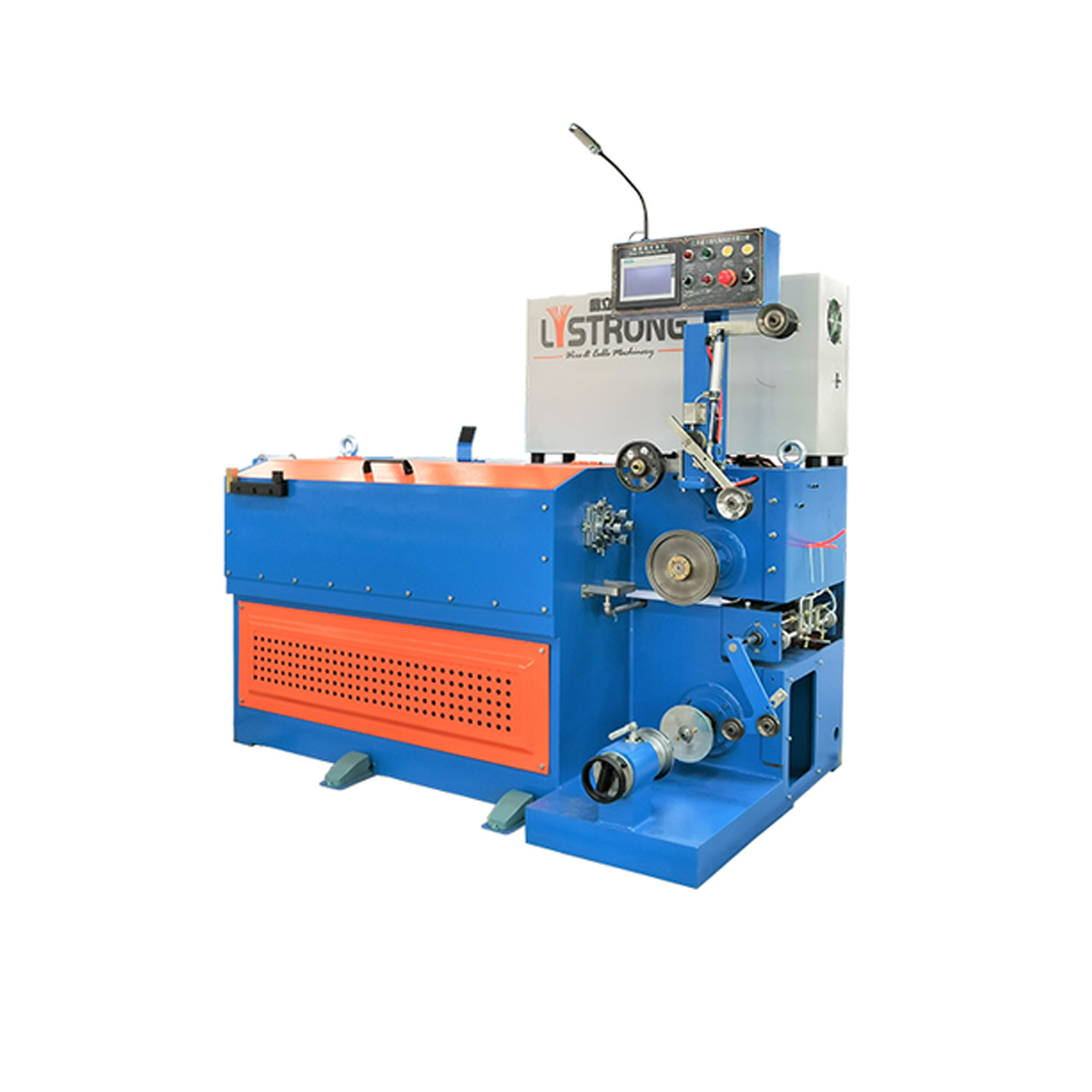
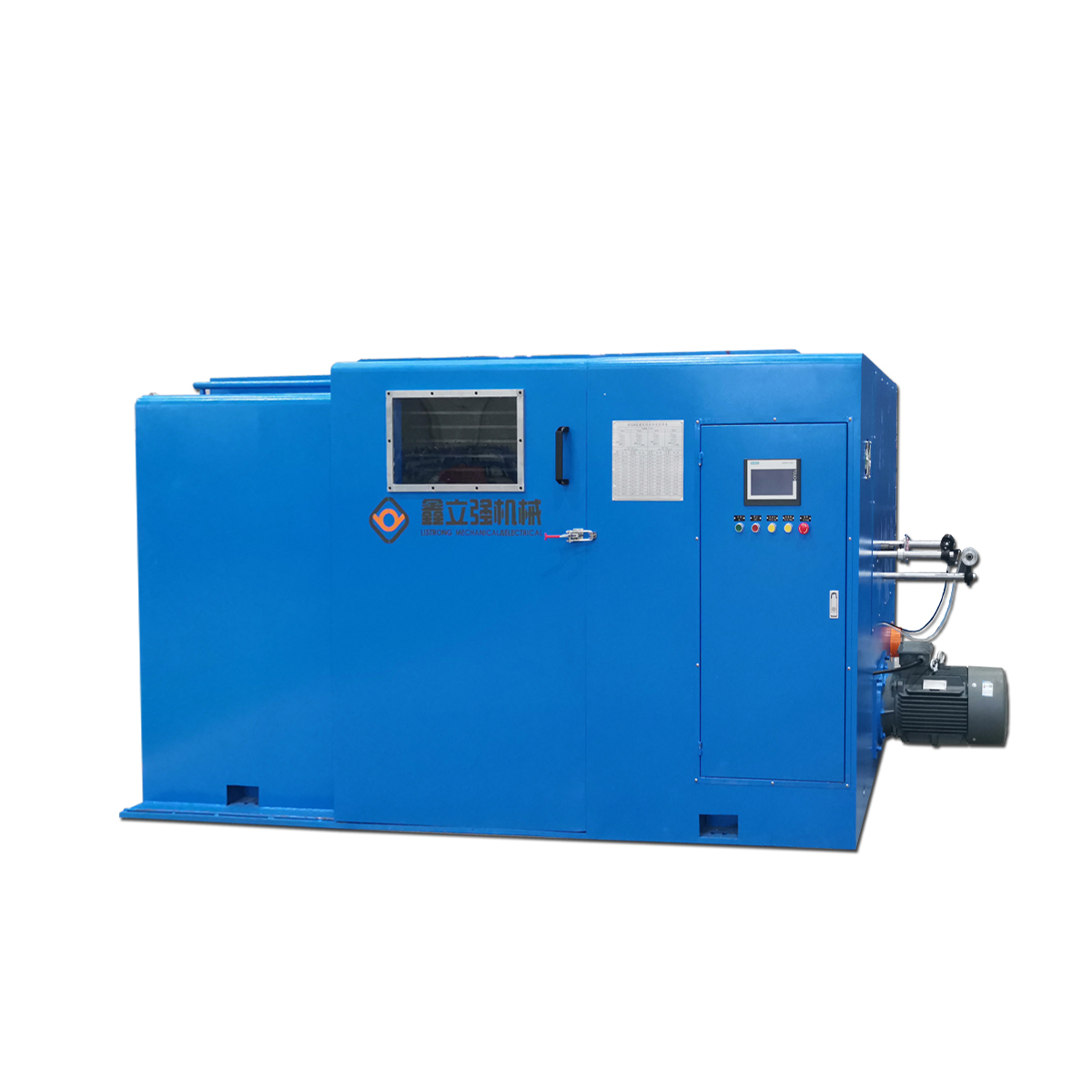



Contact Us